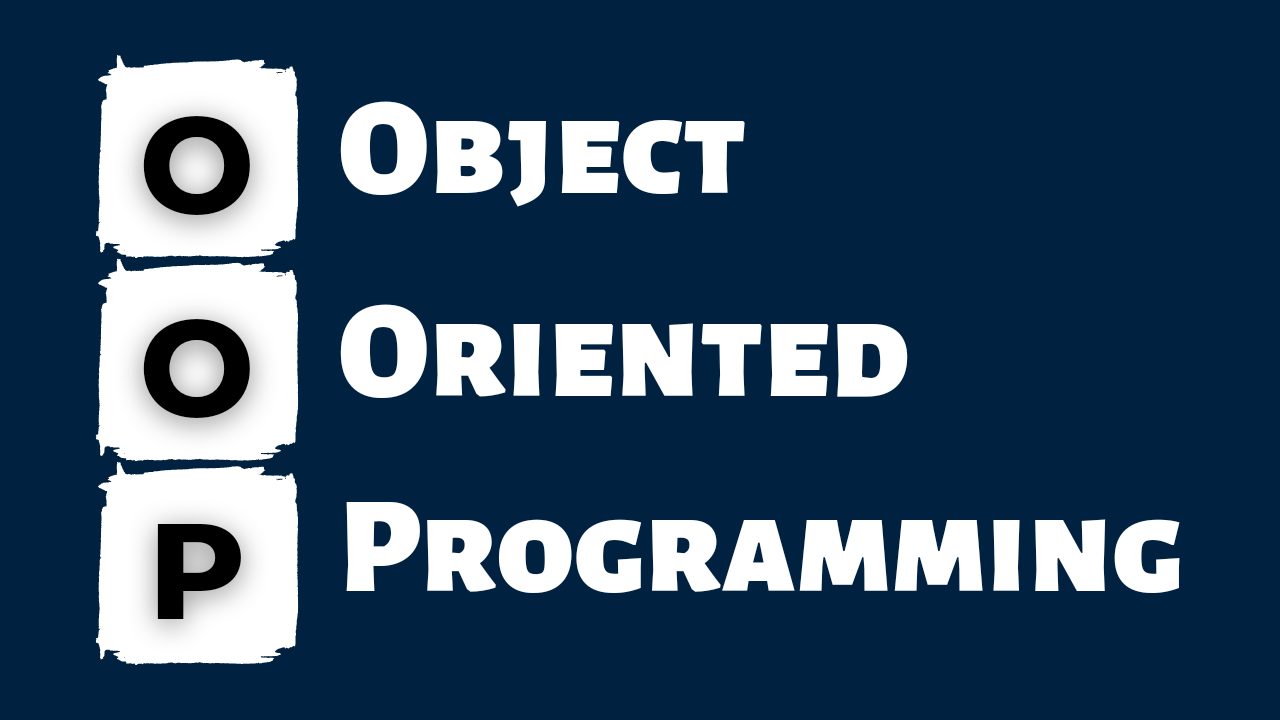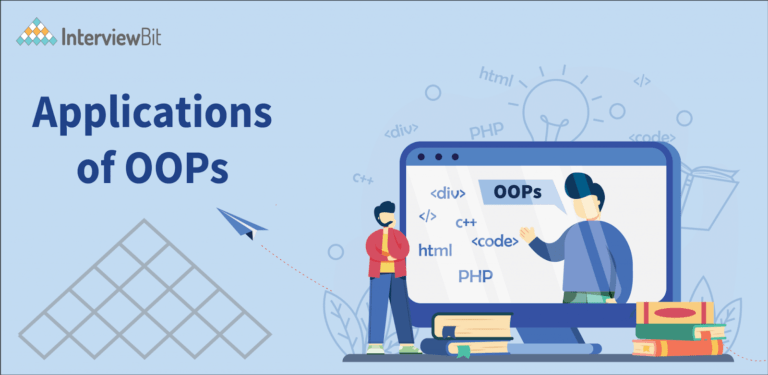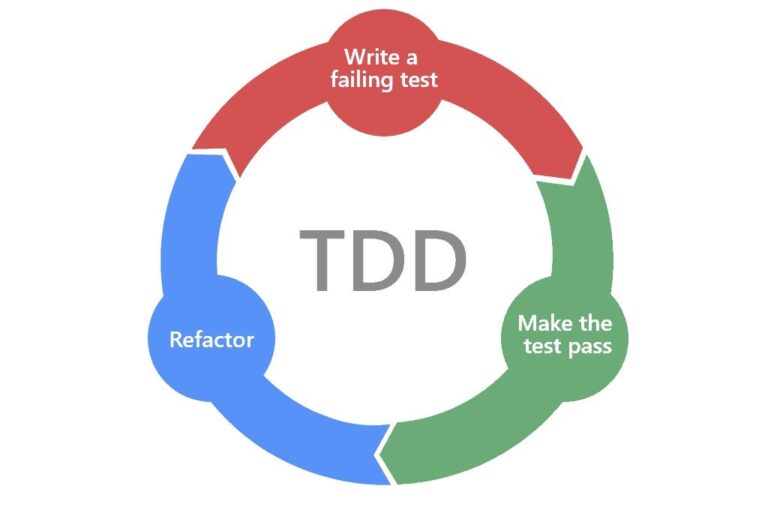Object-oriented programming (OOP) has emerged as the predominant paradigm in software development for creating scalable products as software development becomes more complex. By encapsulating data and behavior into objects that can interact with one another to perform complex tasks, object-oriented programming (OOP) offers a way to organize and manage complex codebases. The principles, concepts, and terminologies of object-oriented programming will all be covered in this beginner’s guide, along with examples!
What is object-oriented programming?
Programming paradigms, or classifications, that arrange a collection of data attributes with functions or methods into a unit called an object are called object-oriented programs. OOP languages are typically class-based, which means that an instance of a class serves as a blueprint for creating objects, which are instances of the class and define the attributes of the data. Many independent objects that interact with one another in intricate ways may be represented by a single class. The class-based programming languages C++, Python, and Java are widely used.
For example, a class that represents a person may have attributes that represent different types of data, like the person’s name, height, and age. The class definition may include functions as well, like one that prints the user’s name on the screen. You could represent individuals as objects from each family member’s class to form a family. Because every person is different, every person object has a different set of data attributes.
Core Principles of OOP
- Encapsulation: Encapsulation, a fundamental tenet of object-oriented programming, entails combining data with associated behaviors (methods) into objects. We can guarantee data integrity and stop unwanted access by enclosing it inside objects. Encapsulation facilitates information hiding and improves code organization, which makes it simpler to manage and update. Let’s see a simple example of encapsulation that has only one field with its setter and getter methods.
public class Student
{
private String name;
//getter method for name
public String getName()
{
return name;
}
//setter method for name
public void setName(String name)
{
this.name=name;
}
}
class Test{
public static void main(String[] args)
{
// creating instance of the encapsulated class
Student s=new Student();
// setting value in the name member
s.setName("Enable Geek");
// getting value of the name member
System.out.println(s.getName());
}
}
Output:
Enable Geek- Abstraction: Simplifying complex systems by emphasizing key components and concealing non-essential details is known as abstraction. Abstraction in OOP enables us to build models that accurately represent real-world entities’ essential traits while putting implementation details out of our minds. We can create modular, maintainable code that is simpler to read and work with by abstracting away unimportant details.
abstract class Mark{
abstract void dollar();
}
class ElonMusk extends Mark{
void dollar()
{
System.out.println("Crazy!");
}
public static void main(String args[])
{
Mark madness = new ElonMusk();
madness.dollar();
}
}
Output:
Crazy!- Inheritance: Classes can inherit traits and behaviors from parent classes via inheritance. With OOP, classes are organized into a hierarchy, with each child class acquiring traits from its parent class. This encourages code reuse and makes it possible for us to accurately simulate relationships in real life. The ability to create specialized classes with a shared foundation is facilitated by inheritance.
class Web {
// field and method of the parent class
String name;
public void show() {
System.out.println("My task is to Show Knowledge");
}
}
// inherit from Web
class Enable extends Web {
// new method in subclass
public void display() {
System.out.println("My name is " + name);
}
}
class Main {
public static void main(String[] args) {
// create an object of the subclass
Enable x = new Enable();
// access field of superclass
x.name = "Enable Geek";
x.display();
// call method of superclass
// using object of subclass
x.show();
}
}
Output:
My name is Enable GeekShow Knowledge
- Polymorphism: The idea of polymorphism enables objects of various types to be regarded as instances of a single superclass. Because of this adaptability, we can write code that is extensible and flexible, working with objects of different types. Complex systems are made simpler by polymorphism, which offers a single interface for interacting with a variety of objects.
class Animal {
public void Sound() {
System.out.println("The Animal makes a sound like");
}
}
class Bird extends Animal {
public void Sound() {
System.out.println("The pig says: Eee Eee");
}
}
class Dog extends Animal {
public void Sound() {
System.out.println("The dog says: bhow Bhow");
}
}
class Main {
public static void main(String[] args)
{
// Create a Animal object
Animal myAnimal = new Animal();
// Create a Pig object
Animal myPig = new Bird ();
// Create a Dog object
Animal myDog = new Dog();
myAnimal.Sound();
myPig.Sound();
myDog.Sound();
}
}Concepts of Object-Oriented Programming
In addition to the principles of OOP, several concepts are fundamental to the paradigm:
- Class: A class defines what data an object can hold (i.e., its properties) and what operations it can perform (i.e., its methods). It functions similarly to a blueprint or template for building objects.
- Object: An object is a specific instance of a class, complete with unique attributes and behavior. It can communicate with other objects and depicts a real-world object.
- Method: A method is a function that defines an object’s behavior and is defined inside a class. It can act upon the object or change its data.
- Interface: An object’s defined set of methods that enable communication with other objects is called an interface. It specifies the relationships that an object can have with other objects.
- Constructor: A constructor is a special method that is called when an object is created, allowing the object to be initialized with specific values.
Object-Oriented Analysis and Design (OOAD)
- Requirements Gathering: An essential phase in the software development process is gathering requirements. It entails determining and recording the system’s limitations and functionalities in OOAD. Stakeholder interviews, use cases, and user stories are frequently employed methods in this stage.
- Use Case Modeling: The interactions between the system and its users or external systems are better captured through use case modeling. It provides a high-level overview of the functionality of the system and describes the different scenarios in which it will be used.
- Class Diagrams: Class diagrams show how classes are related to one another and how a system is organized. They provide a blueprint for the architecture of the system by illustrating the properties, functions, and relationships between classes.
- Interaction Diagrams: Sequence diagrams and collaboration diagrams are examples of interaction diagrams that depict the messages that are exchanged between objects to demonstrate the dynamic behavior of a system. They are useful for comprehending how various objects work together to accomplish particular goals.
- Design Patterns: Design patterns are tried-and-true fixes for typical design issues. They offer reusable software design templates that facilitate code reuse, maintainability, and scalability. Observer, Factory, and Singleton patterns are a few examples.
Object-Oriented Programming Languages
- Java: Java is a powerful object-oriented, class-based programming language that is platform-neutral. It offers features like classes, inheritance, polymorphism, and encapsulation and embraces OOP principles.
- Python: Python is a high-level, dynamically typed programming language that supports several paradigms, including object-oriented programming. Because it promotes clear, succinct, and readable code, OOP developers frequently choose to use it.
- C++: The object-oriented programming language C++ is an extension of the C programming language. Classes, inheritance, polymorphism, encapsulation, and other concepts are covered.
What are the benefits of Object-Oriented Programming?
- Modularity: Items become self-sufficient through encapsulation, allowing for shared development and maintenance.
- Productivity: By using multiple libraries and reusable code, programmers can produce new programs more quickly.
- Flexibility: Polymorphism allows a single function to change the class in which it is inserted. Different objects can also be accommodated by the same interface.
- Interface descriptions: Descriptions of external systems are simple because object communication uses message-passing protocols.
- Reusability: A team does not have to continuously write the same code because inheritance permits code reuse.
- Security: Encapsulation and abstraction allow for the protection of web protocols, the concealment of complex code, and easier software maintenance.
To sum up, object-oriented programming, or OOP is a fundamental paradigm that completely changed the software development industry. Through the modeling of systems as interacting objects with properties and behaviors, OOP offers a robust framework for writing code that is reusable, scalable, and maintainable. The fundamental ideas and precepts of object-oriented programming (OOP) continue to be at the forefront of software engineering, influencing how we develop complex systems and how they are designed. Adopting Object-Oriented Programming (OOP) is not merely a decision; it is a strategic necessity for companies and developers hoping to prosper in the rapidly evolving technology landscape.








